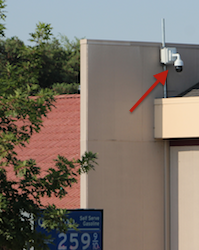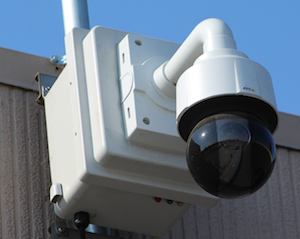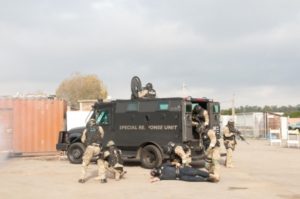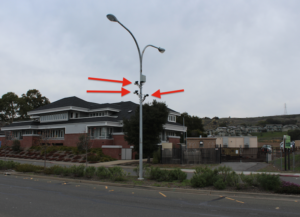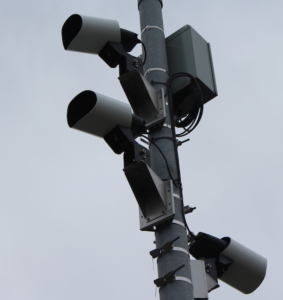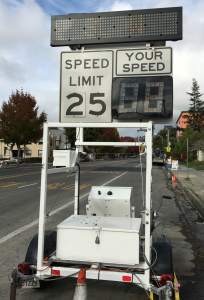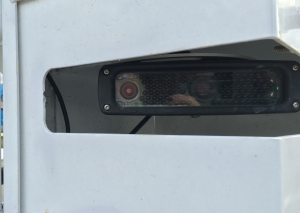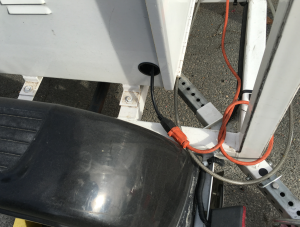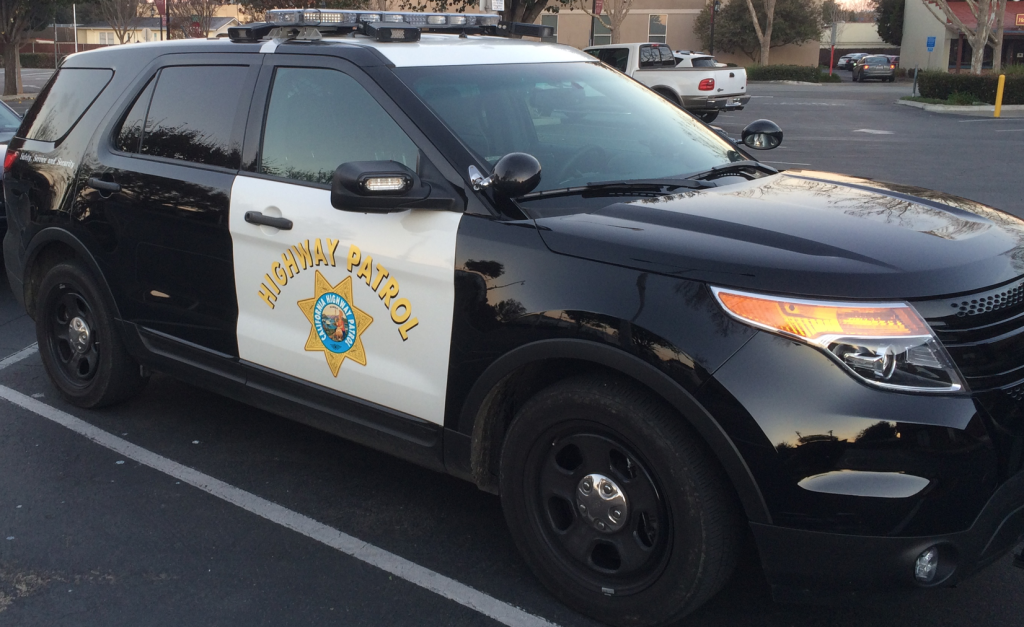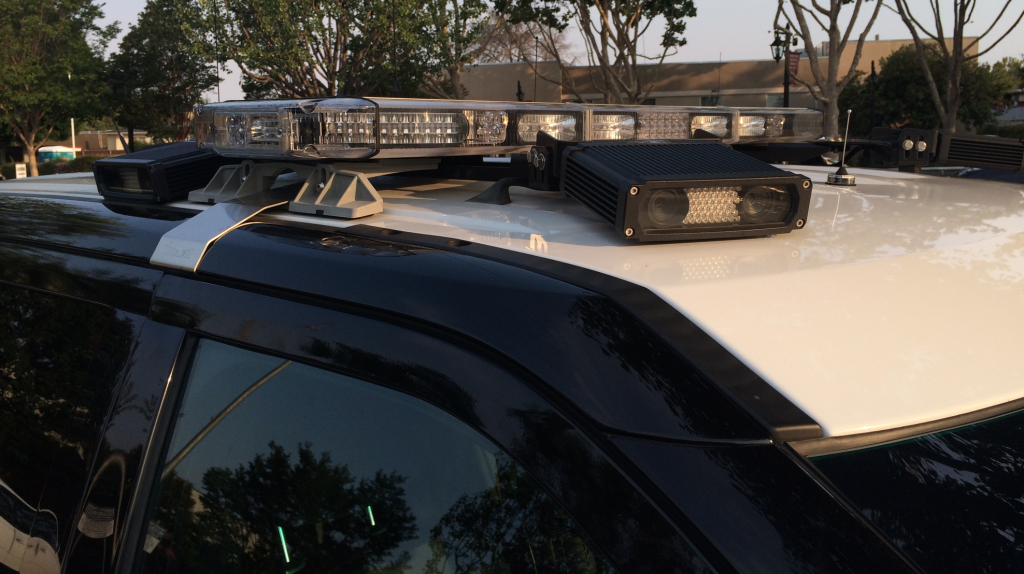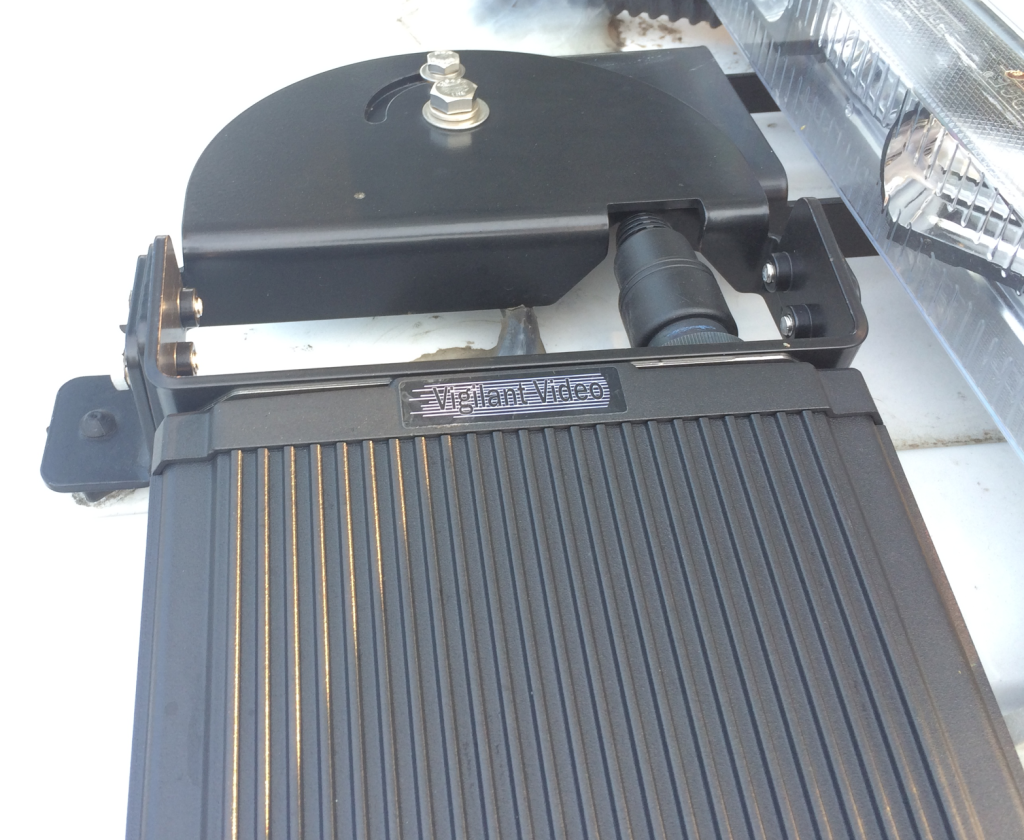Half of the Alameda County Sheriff’s Office’s 10 surveillance cameras have been installed on private property, including gas stations, a liquor store, and a pharmacy. The cameras are directed toward the street and intersections and do not appear to be intended to provide surveillance of the private property where they are installed.
The first two surveillance cameras were installed on the Walgreens building located at 15850 E 14th Street in unincorporated San Leandro. Five more surveillance cameras were installed later in 2007, including one overlooking the Lighthouse Worship Center, one at a 7-11, and one between two houses on Elgin Way. In 2015, surveillance cameras were installed at a 76 gas station in San Lorenzo, a Chevron station in Castro Valley, and Hank’s Liquor in Hayward.
The first two surveillance cameras were purchased with asset forfeiture funds in 2006 or 2007. In a September 15, 2006, memo from Lt. Brian Ballard to Alameda County Sheriff Charles Plummer, Ballard wrote, “Covert surveillance cameras can be deployed in the community to monitor high crime areas and aid in the apprehension and capture of criminals. Up to eight units may be deployed throughout the Law Enforcement Services Division based on need. Estimated unit cost is approximately $20,000 each for the Deluxe Model with an upgraded storage capacity to forty eight hours. Total cost for eight units is $160,000.” Despite the mention of eight surveillance cameras, it appears that only two were installed using the asset forfeiture funds.
A November 20, 2006 letter from Sheriff Plummer to the Alameda County Board of Supervisors stated, “One item is a covert surveillance camera that can be deployed ‘in the community to monitor high crime areas and aid in the apprehension and capture of criminals. A well planned and placed surveillance system can help stop criminals in their tracks.”
Debbie Schenkhuizen of Walgreens approved the installation of the two surveillance cameras in an email dated August 13, 2007 to Sgt. Joe Bricker of the Eden Township Substation of the Alameda County Sheriff’s office with the subject “E 14th Street Camera Project” stating, “This proposal sounds good and I have been given the green light to move forward with you on this.”
Five more cameras were installed in 2007.
In early 2014, the Alameda County Sheriff’s Office discovered that five of the seven cameras were not working. Alameda County Sheriff’s Deputy Robert Gaitan wrote in a Nov. 13, 2014 memo, “The current system was installed approximately ten years ago and current has NO technical support.” All seven cameras were replaced by Axis Q6044-E PTZ 720p cameras with 30x optical zoom at a cost of $66,483.23.
According to an October 7, 2015, email from Lt. Michael Toms to Assistant Sheriff Brett Keteles, “There are signs placed at all locations notifying the public that they are entering an area with surveillance cameras. The cameras record but aren’t monitored. Typically when something happens we review the recording at a later time. If a supervisor is at ETS they have the ability to access the cameras to watch a live view of activity being recorded. Access is password protected. The recordings are kept for seven (7) days and then are self-purged by the system. If we want to keep a recoding [sic] we have to transfer it to a DVD.” No signs notifying the public about video surveillance were observed at any of the surveillance camera locations.
The three most recent surveillance cameras are also Axis Q6044-E PTZ 720p cameras with 30x optical zoom. They were purchased from Tactical Video of Naperville, Illinois, in November 2015 for $28,379.23 as part of a no-bid sole source contract. Tactical Video’s tagline on its website is “Poweful Video Surveillance Systems.”
Three of the cameras captured portions of the Alameda County Sheriff’s pursuit of Stanislav Petrov from a Castro Valley motel to a San Francisco alley in November 2015.
When asked for a copy of any policies for video surveillance, the Alameda County Sheriff’s Office provided General Order 5.24, entitled “Collection, Preservation of Evidence/Property, Processing, Storage and Inspection.” The policy refers to videotapes and labeling of video cassettes, but does not mention digital video recording or retention of video recordings that are not evidence.
The Alameda County Sheriff’s Office recently released an image from one of the surveillance cameras installed at Walgreens at 15850 E. 14th Avenue:
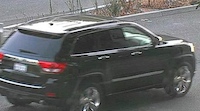
Credit: Alameda County Sheriff’s Office surveillance camera
Locations of the 10 surveillance cameras operated by the Alameda County Sheriff’s Office:
159th Avenue near E. 14th (Walgreens), San Leandro
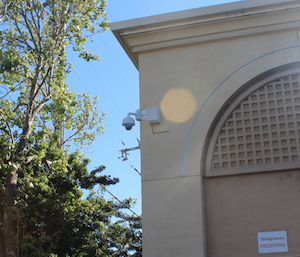
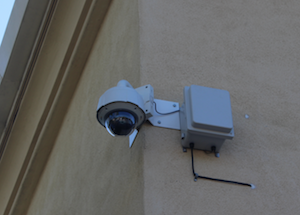
15850 E. 14th Avenue near 159th Avenue (Walgreens), San Leandro
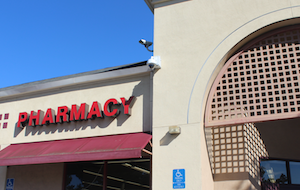
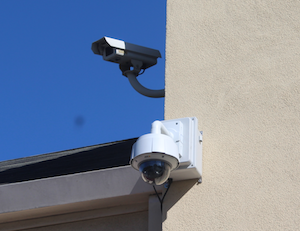
NW corner of Coelho Drive and Mooney Avenue, San Lorenzo
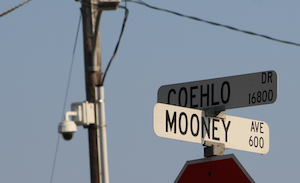
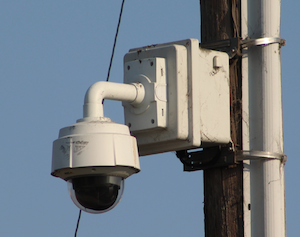
16058 Ashland Avenue, San Lorenzo
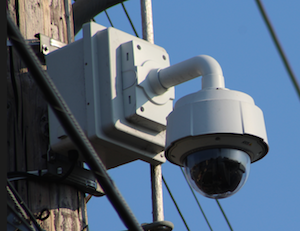
16320 Elgin Way (near Ashland Avenue), San Lorenzo
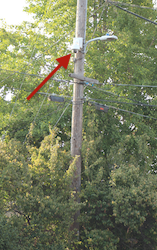
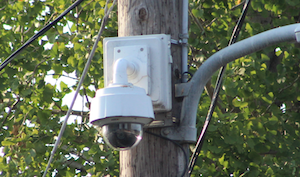
159th Avenue and Liberty Avenue, San Leandro
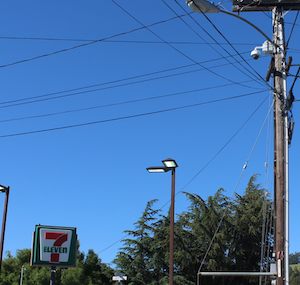
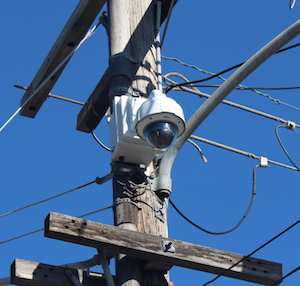
A Street and Princeton Street, Hayward
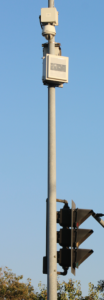
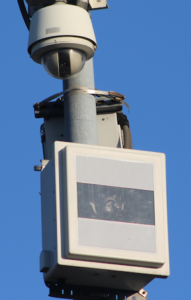
18501 Hesperian Boulevard at Bockman Road (76 gas station), San Lorenzo
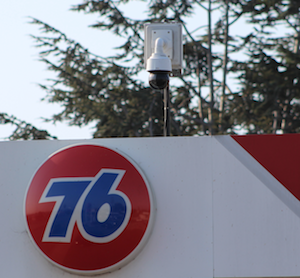
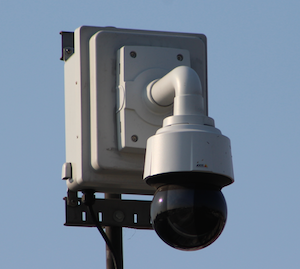
19989 Meekland Avenue at Blossom Way (Hank’s Liquor), Hayward
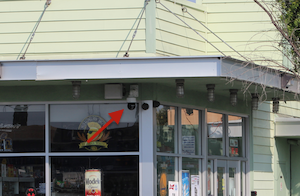
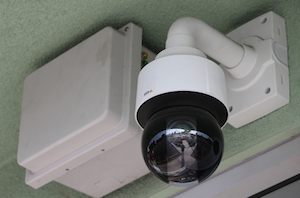
3495 Castro Valley Boulevard at Redwood Road (Chevron gas station), Castro Valley
